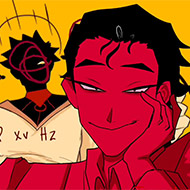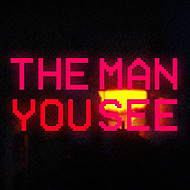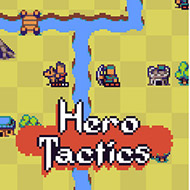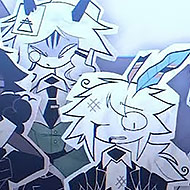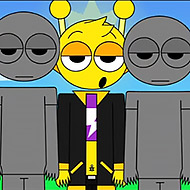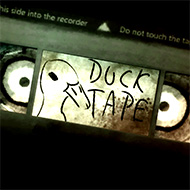To Eat a God is a narrative-driven game that immerses players in a surreal, symbolic universe. You take on the role of a puppet exploring the Garden, a realm shaped by seven divine Symbols, each with unique traits and philosophies. Every choice influences the story, revealing moral dilemmas, hidden truths, and multiple endings. The game combines storytelling with puzzles, creating a journey that challenges perception, reflection, and decision-making.
The Garden and Its Divine Symbols
The Garden is a living, interactive environment where every object and character carries meaning. Players meet seven Symbols representing aspects of creation, morality, and human emotion. Interaction is dynamic—choices open new paths and close others, encouraging multiple playthroughs to fully explore the narrative.
• Unum – The fiery first Symbol, representing energy and light, with unpredictable behavior.
• Nulla – Keeper of the void, enigmatic, challenging the player’s understanding of purpose.
• Septem – The calculating seventh Symbol, enforcing balance and testing ethical choices.
• Each Symbol’s path offers unique perspectives on the Garden and the puppet’s role
Exploring the Garden requires careful attention. Every dialogue, visual cue, and subtle interaction provides insight into the world while offering puzzle-like challenges embedded in the story.
Gameplay and Strategies
To Eat a God emphasizes observation and thoughtful decision-making. The game revolves around branching dialogues and interactions that shape relationships, story progression, and access to hidden endings.
• Branching Paths – Each Symbol offers distinct storylines, encouraging experimentation.
• Decision Impact – Choices affect future dialogues and outcomes, sometimes subtly.
• Hidden Content – Minor details can unlock secret routes and enrich the narrative.
• Replay Value – Multiple endings reward careful exploration and revisiting paths.
Players should consider every action carefully. Dialogue options and environmental cues often hint at future consequences, making each choice significant.
Special Features
The game excels in narrative depth, visual storytelling, and replayability:
• Extensive Story Content – Over 80,000 words of dialogue provide a layered narrative.
• Artistic Visuals – 350+ CGs, 250 sprites, and 40+ backgrounds create an immersive Garden.
• Multiple Endings – Diverse outcomes based on choices enhance replayability.
Tips for Players
• Observe Carefully – Dialogue and environmental details often contain key hints.
• Explore All Paths – Different choices reveal alternate storylines and secret endings.
• Consider Morality – Ethical decisions shape relationships and narrative tone.
• Replay for Clarity – Revisiting paths can uncover overlooked details and deeper meaning.
To Eat a God is a unique narrative game where every decision and discovery contributes to a rich tapestry of story, symbolism, and consequence. Its combination of immersive visuals, branching paths, and multiple endings creates a memorable, thought-provoking experience that rewards patience, observation, and careful exploration.














































